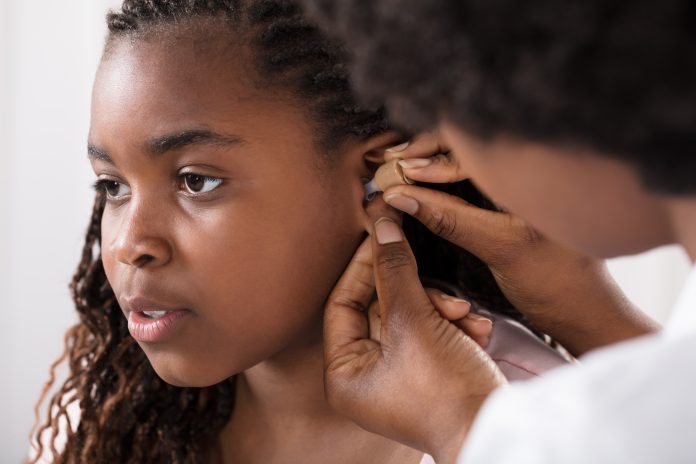Richard Kramer, Chief Executive of national disability charity Sense, argues that life’s better when we’re all connected when it comes to hearing loss
When communication is challenging, it can feel incredibly isolating. Around half of disabled people are lonely with one in four feeling lonely every day. One of the barriers to making friends and meeting people is not being able to communicate with the world around you. But there are thousands of ways to connect.
Through working with people with complex disabilities, including those who are deafblind, we know that everyone can make sense of their world, and the world around them, with the right support. There are many powerful ways of communicating to help people express themselves in the right way for them as an individual – through speech, sign, touch, movement, gesture or sound.
Whilst our expertise is specialist, many of the things we know about how people engage with the world are true for us all, including people with hearing loss.
Communication methods
There are around 10 million people in the UK who are living with hearing loss, some of who also have additional needs. How each one of them communicates is different and depends on varying factors, from communication preferences to if the person has congenital or acquired hearing loss, the degree of their hearing impairment, or what other additional needs they may have.
One of the most well-known ways of communication for profoundly d/Deaf people is sign language, which is a visual way of communicating and can be used on its own or with other methods. British Sign Language (BSL) is a complete language with a unique vocabulary, word order and grammar.
What will the UK Government do about BSL education?
Excitingly, the UK Government has now promised to also introduce a BSL GCSE which will help make this language more accessible and used among wider society. Sign language can also be adapted for people with additional sight impairments, for example, Hands-On Signing which involves placing your hands over the hands of the person signing to feel the signs being formed.
Then there is also Social Haptic Communication which uses tactile signs given through touch to for example describe the environment or emotional responses also include the deafblind manual and block alphabet, which involve letters and words being spelt out on a person’s hand. Apart from sign languages and the use of symbols, technology has also played an important part when it comes to communication. This includes hearing aids or also Cochlear implants which are surgically-implanted hearing devices.
In addition, with the spread of smartphones, the possibilities of connecting and communicating are creating even more opportunities. This could be as simple as two BSL users chatting through the video chat functions on today’s smartphones.
Another important step in making society more accessible through technology was the introduction of subtitling on TV, as first legally introduced through the 1990 Broadcasting Act. However, there is still much more to be done to make society and the way we communicate truly accessible.
Life’s better when we’re all connected
No one with complex disabilities, including people who are deafblind, should be left out of life – but to do this we need to work together. We as a society need to understand the barriers that those of us living with deafblindness and complex disabilities face.
Then we need everyone to feel inspired to do something about it. After all, everybody deserves to take part in life and enjoy those meaningful moments and connections that bring joy.











